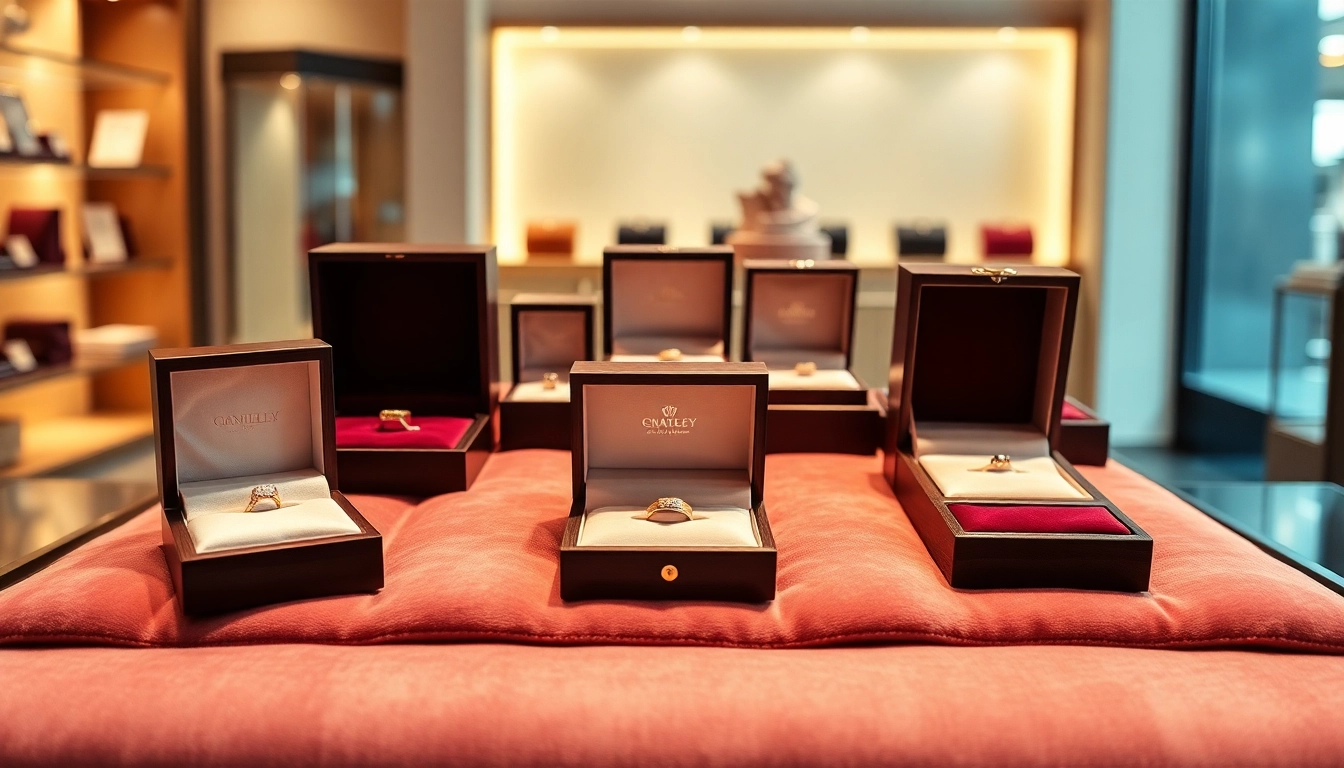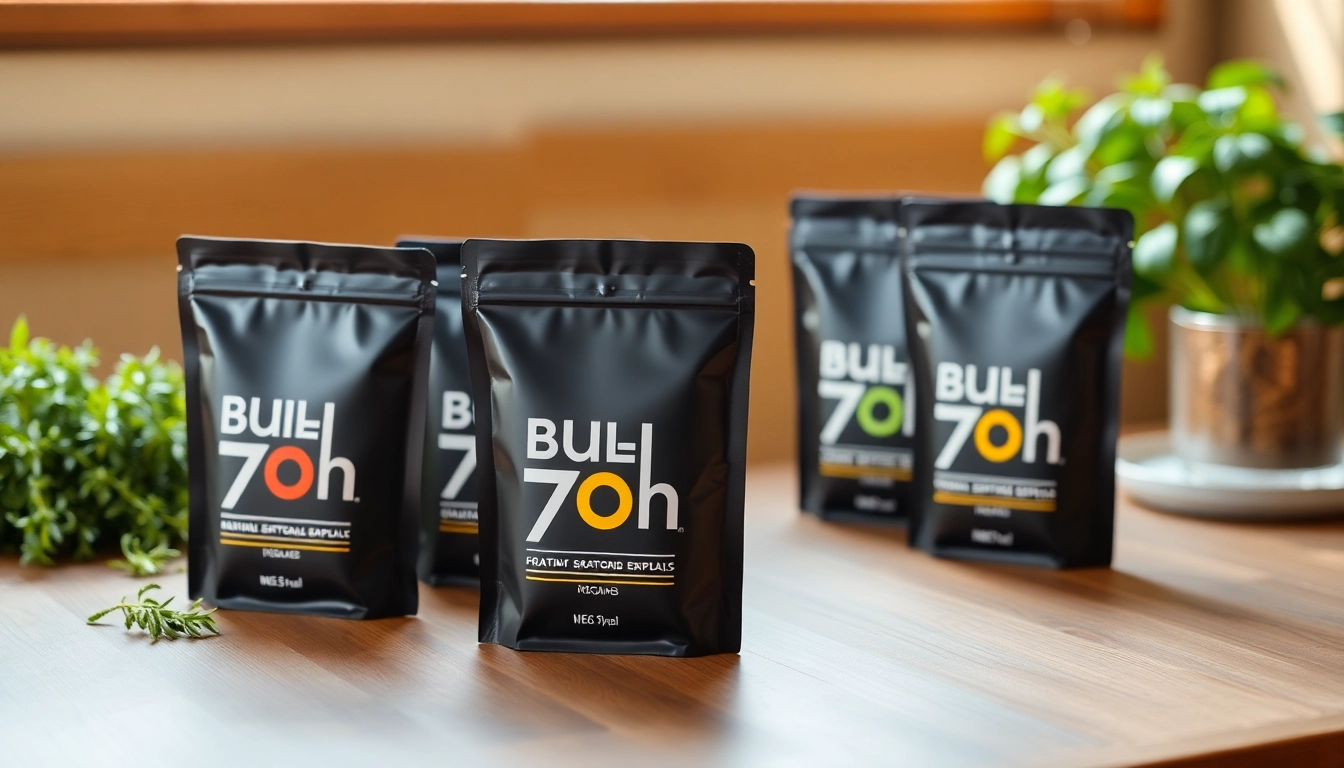Understanding Jewelry Boxes
Jewelry boxes have been cherished objects for centuries, transcending mere functionality to become symbols of elegance and sentiment. A good jewelry boxes provides not just a safe haven for heirlooms, but also adds an aesthetic touch to personal spaces. In a world where jewelry is both an expression of identity and a significant financial investment, understanding the various dimensions of jewelry storage becomes crucial. This article delves into the history, materiality, and categorization of jewelry boxes while highlighting features that distinguish quality options from the rest.
History and Evolution of Jewelry Boxes
The journey of jewelry boxes traces back to ancient civilizations where precious items were safeguarded within ornate containers. The Egyptians, for instance, utilized small sarcophagi and smaller boxes crafted from stone and precious metals to hold jewelry and other valuable items since these enclosed spaces symbolized protection and status. Over time, as cultures and crafting techniques evolved, the design and materials of jewelry boxes transformed as well. During the Renaissance, craftsmanship peaked, leading to intricately designed wooden boxes inlaid with metal and gemstones. These boxes weren’t just functional but were also pieces of art, embodying the wealth and refinement of their owners.
The Industrial Revolution marked a turning point where mass production allowed jewelry boxes to become accessible to the average consumer. This period saw the diversification of designs and materials, prompting a surge in demand for affordable yet elegant storage solutions. Today, the evolution continues, with a blend of traditional craftsmanship and modern designs catering to various consumer preferences and lifestyles.
Materials Used in Jewelry Boxes
The materials used to craft jewelry boxes greatly impact their durability, appearance, and cost. Common materials include:
- Wood: Often favored for its classic appeal, wooden boxes can be crafted from various types, such as oak, walnut, or mahogany. Each wood type offers different aesthetics and durability.
- Metal: Metal boxes provide a contemporary look and, when finished properly, can prevent tarnishing and corrosion, ensuring the longevity of the box.
- Velvet and Fabric: Frequently used as linings, these soft materials not only protect jewelry from scratches but also add an element of luxury and comfort.
- Leather: Both faux and genuine leather options are common, particularly for travel jewelry boxes. They are flexible, portable, and often come in various colors and styles.
- Plastic: While less luxurious, high-quality plastics are often used in affordable options, providing durability and resistance to the elements while remaining lightweight.
Different Types of Jewelry Boxes
Jewelry boxes come in a variety of styles and designs, catering to different needs and preferences. Here are the most common types:
- Traditional Jewelry Boxes: These boxes may include compartments and a lift-out tray, making them ideal for personal collections. Many feature classic designs, often made from wood and adorned with intricate carvings.
- Travel Jewelry Boxes: Designed for portability, these often feature secure closures and compact designs. They may include protective qualities like anti-tarnish lining.
- Stackable Jewelry Organizers: These practical options allow users to customize their organization system by stacking multiple units, perfect for maximizing space.
- Trays and Inserts: Used primarily for organization, trays and foam inserts can easily fit into drawers, ensuring that items are visible and easily accessible.
- Jewelry Rolls: Soft and flexible, jewelry rolls can be easily stored in bags or suitcases, making them great for traveling.
Features of Quality Jewelry Boxes
Design Elements to Consider
The design of a jewelry box should reflect both style and functionality. Important elements to consider include:
- Closure Mechanism: Quality boxes often incorporate robust fastening mechanisms such as locking systems or secure clasps to ensure valuables remain protected.
- Interior Layout: The arrangement of compartments significantly impacts organization. Quality boxes often feature a mix of different-sized sections to accommodate various jewelry types.
- Aesthetics: The overall appearance should complement personal style. Whether minimalistic or ornate, the design should align with the user’s preferences.
Size and Capacity Options
Choosing the appropriate size for a jewelry box requires consideration of the user’s collection. A smaller box may be perfect for those who own a few key pieces, while avid collectors might require larger, multi-compartment options. It’s also essential to think about:
- Personal Inventory: Assess the type and quantity of jewelry owned. A box that is too small can lead to untidy clutter, while one that is excessively large may take up unnecessary space.
- Future Needs: Planning for potential future acquisitions is wise; it’s beneficial to select a box that allows for expansion.
Unique Features and Accessories
The modern jewelry box may offer unique features that enhance functionality and appeal. Some distinctive elements to look for include:
- Customizable Dividers: This feature allows users to create personalized sections that fit their specific needs.
- Reflective Surfaces: Mirrors both inside and outside can enhance the design while also allowing users to check their appearance easily.
- Anti-Tarnish Coatings: This feature prevents oxidation, keeping jewelry in pristine condition for longer periods.
- LED Lighting: Integrated lighting systems enhance visibility, allowing for easier access even in dark spaces.
How to Choose the Right Jewelry Boxes
Assessing Your Jewelry Collection
Before diving into selection, take inventory of your jewelry collection. Understand the variety of items you own, as this will help dictate what type of box is most suitable. Key considerations include:
- Type of Jewelry: Different types—rings, necklaces, bracelets, etc.—require distinct compartments to avoid tangling and damage.
- Value of Items: Higher-value items may require more secure storage solutions, while costume jewelry can be stored more casually.
Budget Considerations for Jewelry Boxes
Establishing a budget is crucial to finding an appropriate jewelry box without overspending. Remember to consider:
- Purpose: Determine if this jewelry box serves as a long-term storage solution or a temporary holder during travel.
- Quality versus Cost: Investing in higher-quality materials and features can often lead to long-term savings by protecting your jewelry.
Matching Jewelry Boxes with Personal Style
Choosing a jewelry box that resonates with personal taste can elevate the experience of ownership. Here are some aspects to consider:
- Style Preferences: Align the design of the jewelry box with your aesthetic—whether that’s modern, vintage, minimalist, or ornate.
- Color Schemes: Select colors and finishes that complement your interior décor or personal style.
Caring for Your Jewelry Boxes
Maintenance Tips for Longevity
To ensure your jewelry box lasts, regular maintenance is essential. Here are some practical tips:
- Avoid Direct Sunlight: Position boxes away from direct sunlight to prevent fading and damage to the materials.
- Regular Cleaning: Dust and clean surfaces regularly using appropriate cleaners based on the material to maintain both aesthetic and integrity.
Cleaning and Organization Advice
Proper cleaning and organization minimize wear and tear, thereby promoting longevity:
- Estrangement of Items: Store similar types together, and utilize soft materials to separate delicate pieces.
- Quarterly Check-Ups: Every few months, remove items from the box, clean, and reorganize them to ensure everything is in order.
Storing Different Types of Jewelry
Different jewelry pieces have unique storage needs. Examine the following methods for various items:
- Necklaces: Lay flat or use specialized hooks to prevent tangling; wrapped around a soft, padded roll can also help.
- Rings: Utilize dedicated compartments—preferably lined with soft materials—to prevent scratching and tarnishing.
- Bracelets: Store them in elongated compartments or on padded surfaces to maintain shape and prevent damage.
The Role of Jewelry Boxes in Gift Giving
Ideas for Personalized Jewelry Boxes
Jewelry boxes make thoughtful gifts, particularly when personalized. Consider these ideas:
- Engraving: Names or special dates can be etched into the box, adding a layer of affection and thoughtfulness.
- Custom Colors: Opting for favorite colors or patterns can make the gift even more special and aligned with the recipient’s personality.
Choosing Jewelry Boxes for Different Occasions
When selecting a jewelry box as a gift, it’s important to align the choice with the occasion:
- Birthdays: A stylish box that matches personal taste makes a cherished birthday gift.
- Anniversaries: Choose a box that symbolizes the relationship; a more luxurious option can be appropriate for significant anniversaries.
- Graduations: A practical yet elegant box can celebrate accomplishments and mark the transition into adulthood.
Emotional Value and Sentiment Behind Jewelry Boxes
Jewelry boxes often carry deeper meanings; they can encapsulate memories, family history, and cherished moments. Many people inherit jewelry boxes filled with reminders of loved ones, making these objects symbols of connection across generations. The act of gifting or receiving a jewelry box can convey love, hopes, and dreams, entrenched in the very essence of personal value. Furthermore, the process of selecting a box—considering its features, style, and materials—can enhance the significance of both the box and the jewelry it holds.



